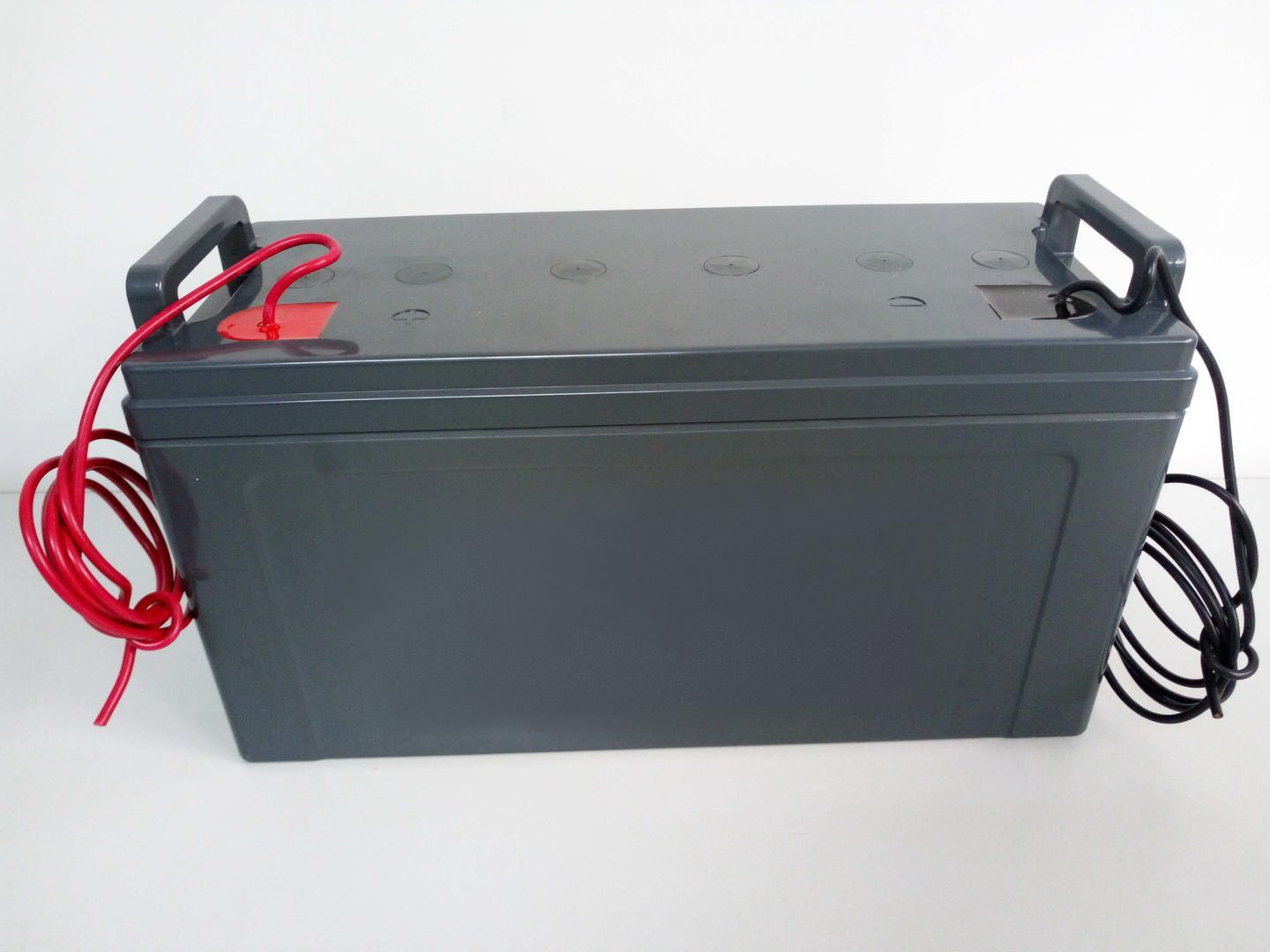Time:2020-11-30 Views:257
Lead-acid battery (VRLA) is a storage battery whose electrodes are mainly made of lead and its oxides, and the electrolyte is sulfuric acid solution. In the discharge state of a lead-acid battery, the main component of the positive electrode is lead dioxide and the main component of the negative electrode is lead; in the charged state, the main component of the positive and negative electrodes are lead sulfate.

The Frenchman Plante invented lead acid batteries in 1859 and has experienced nearly 150 years of development. Lead acid batteries have made considerable progress in theoretical research, product types and varieties, and product electrical performance. Lead acid batteries play an indispensable role in various economic fields such as transportation, communications, electricity, military, navigation and aviation.
According to the structure and purpose of lead acid batteries, the structure of lead-acid batteries is roughly divided into four categories: 1. Lead acid batteries for startup; 2. Lead acid batteries for power; 3. Fixed valve-controlled sealed lead acid batteries; 4. Other types, including small valve-controlled sealed lead acid batteries, lead acid batteries for miner’s lamps, etc.
The nominal voltage of a single-cell lead-acid battery is 2.0V, which can be discharged to 1.5V and charged to 2.4V. In application, 6 single-cell lead-acid batteries are often connected in series to form a nominal 12V lead-acid battery. There are 24V, 36V, 48V, etc.